Affiliate links on Android Authority may earn us a commission. Learn more.
2016 in review: 10 defining moments in the world of Android
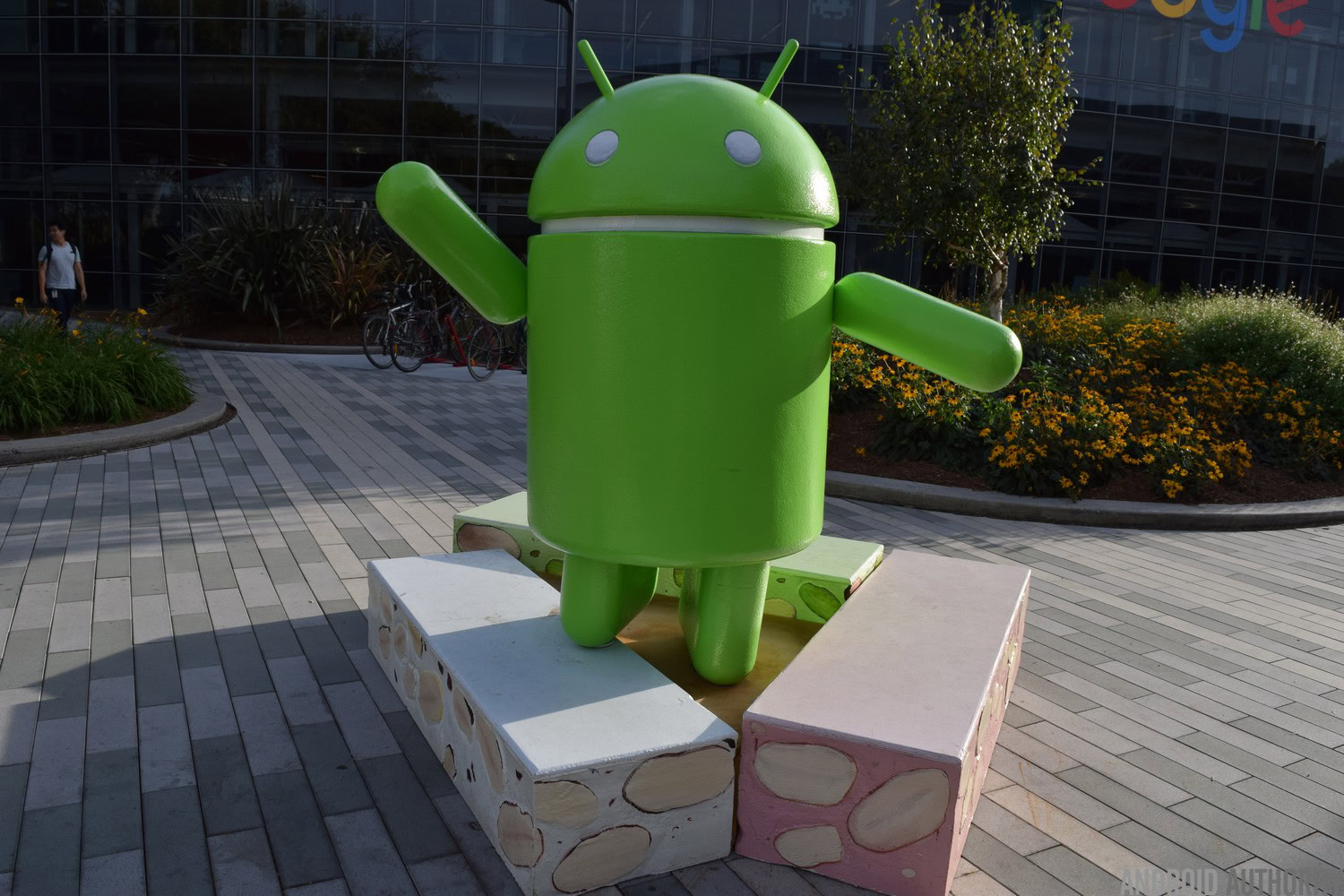
2016 will surely be entered in the annuls of history as annus horribilis. But for the Android world at least, the tragic lows have been counterbalanced by equally euphoric highs. From the emergence of the outstandingly good Pixel phones at the expense of the Nexus program to the all-too-brief reign of the Galaxy Note 7, the year has been bittersweet. In what can only be described as one of the most tumultuous years for Android on record, here are ten defining moments of 2016.
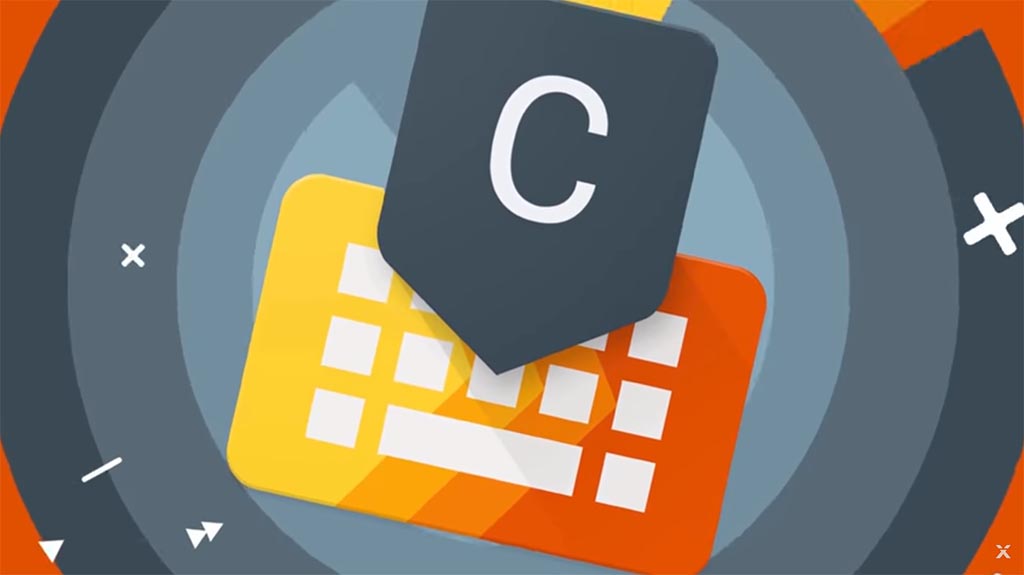
Samsung Galaxy Note 7 recall
Easily the biggest Android event of 2016, the global sales halt and subsequent total recall of the Samsung Galaxy Note 7 was the Android story of the year. It had everything: the world’s largest manufacturer of smartphones, explosions, mystery and arguably the best Android phone ever to have graced our pockets. As unfortunate as it was unprecedented, the Galaxy Note 7 recall will remain a black spot on 2016 not only for Samsung but for Android in general.
Google gets in the hardware game and Nexus dies
If you had asked most Android fans a year ago (at peak Nexus 6P popularity) if they’d want to drop the Nexus program in favor of Google-built hardware, you’d probably have been lucky to get more than one hand in ten raised. But Google clearly thought it was a good move and graced us with the Pixel phones this year, sadly at the expense of the Nexus program. Nexus fans are justifiably miffed, but there’s no denying the Pixel has proven it was a risky bet that has already paid off in spades.
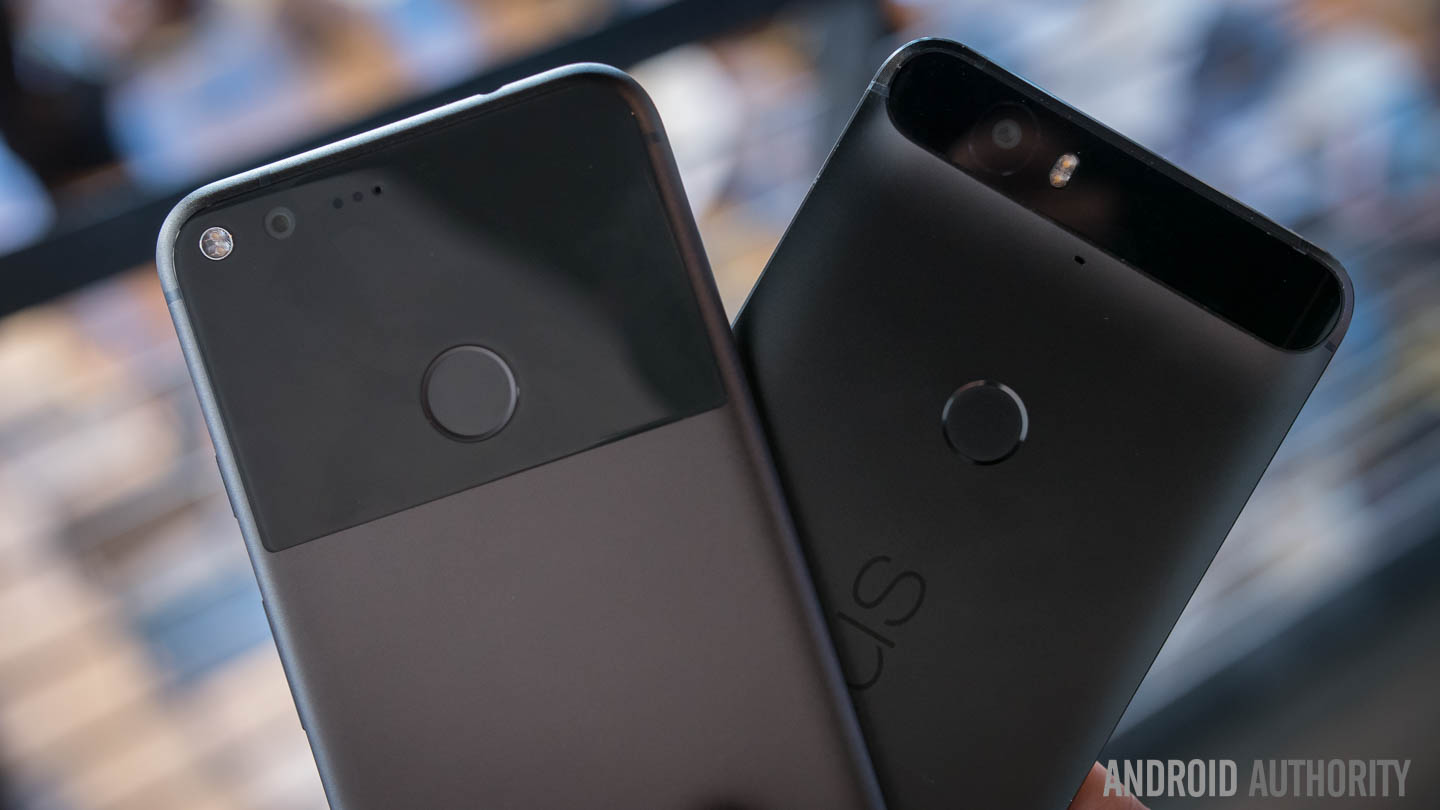
CyanogenMod breathed its last
Almost as long as there has been Android there has been CyanogenMod, with the custom ROM even pre-dating the Nexus program. But Steve Kondik took some risks that unfortunately didn’t pay off as well as Google’s Pixel punt. Arguably getting mixed up with folks he would have been better off avoiding, the fate of the various Cyanogen properties has looked grim for a while now. The recent announcement that Cyanogen Inc. will shut its doors by December 31 demolished the infrastructure of CM with it, marking the end of an era. Thankfully the soul of CM will live on as Lineage OS.
“Cheap” phones got redefined, again
The definition of a “cheap” Android phone has been steadily rewritten in recent years, perhaps starting with the game-changing Moto G. That same impulse – offering rock solid performance at a rock bottom price – has officially reached the mid-range too, with more and more “high-end” phones priced like mid-rangers. Despite diminutive price tags, these phones deliver similar specs and performance as their more expensive competition. The honor 8, OnePlus 3 and ZTE Axon 7 are obvious examples in 2016, a year when an awesome phone no longer had to be an expensive phone.
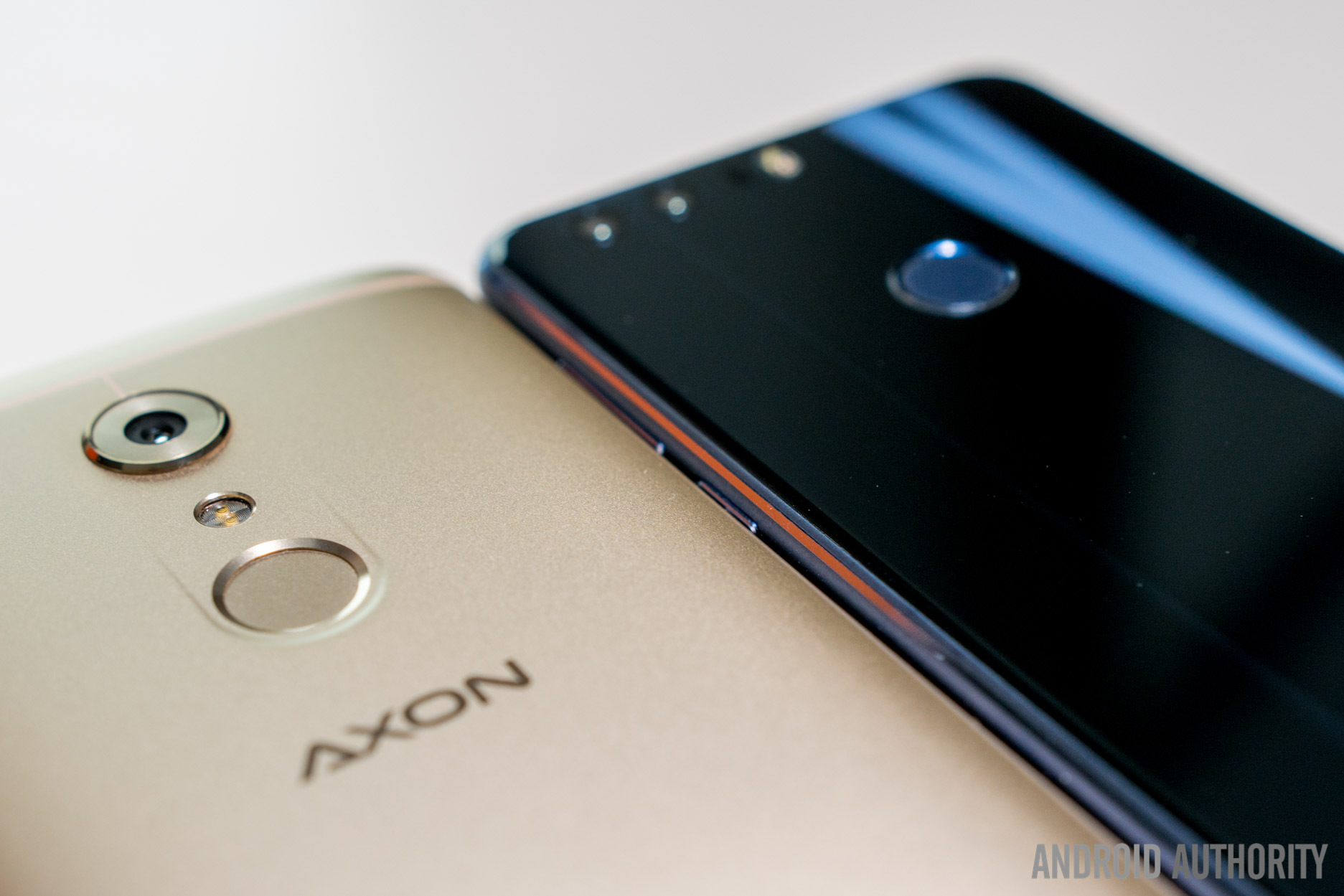
The Xiaomi Mi Mix shows OEMs what users want
Xiaomi has never really been known for its original smartphone design, fitting comfortably into that dated Chinese approach of cloning popular device designs. But all that changed with the Mi Mix, a concept phone that took everyone by surprise, not least because it miraculously avoided being leaked in advance of its announcement. A phone this cool, this futuristic, has been on every Android fans mind for years, and while we’ve seen similar phones before, the Mi Mix will be remembered as the phone that ushered in the era of the bezel-less smartphone.
Pokemon Go takes the world by storm
To say Pokemon Go has had a troubled childhood would be an understatement. If it were a teen idol it would’ve been in rehab twice by now. But despite a painfully slow global rollout, launching in a bizarre half-finished state with nowhere near enough server infrastructure, requiring a permanent connection to a battery pack and offending its most dedicated fans at almost every turn, Pokemon Go was the game of 2016. Augmented reality has been around for years, but it wasn’t until Pokemon Go that regular folks fully understood what it was. That, and it made $600 million in a couple of months.
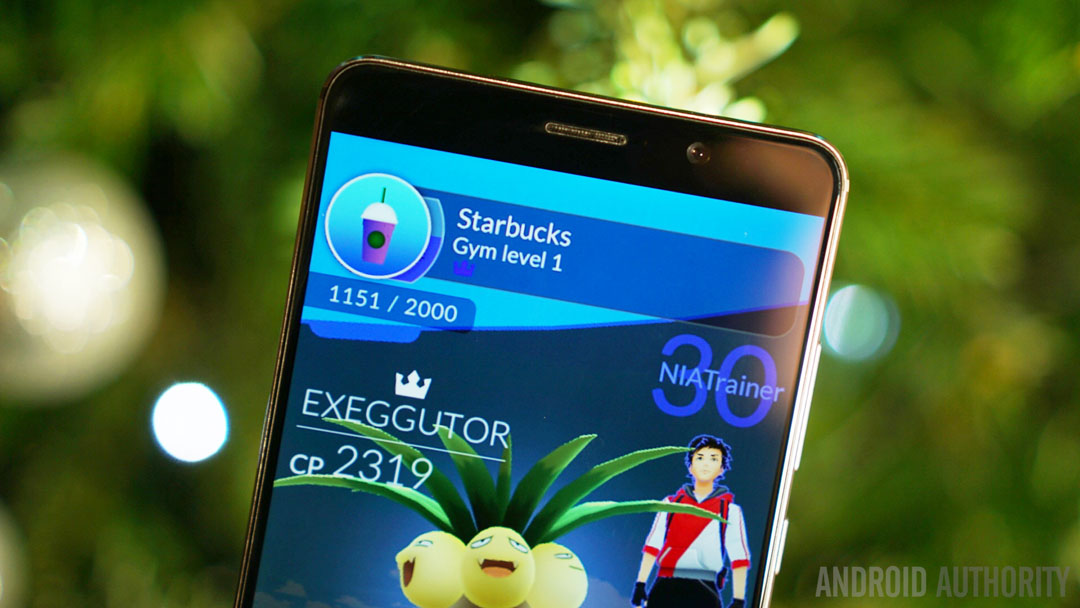
Nokia sells its brand to HMD Global
Nokia finally gave up the hardware ghost after a misguided OS bet on Windows Phone that resulted in Microsoft selling off the company for spare parts in early 2016. Fortunately, the branding rights to the Nokia name went to a newly-formed company called HMD Global Oy, a hastily constructed mishmash of Nokia veterans committed to keeping the flame alive. With tons of experience and a deep-seated love for the Nokia of old under their belts, HMD is promising new Nokia-branded devices in 2017. They’ll be running Android and will have the whole world watching when they are eventually unveiled at MWC 2017.
BlackBerry sells its brand to TCL
With the Priv, BlackBerry presented itself as a potential Android manufacturer to pay attention to. But the Priv didn’t quite fly and the next couple of Android-based follow ups were equally overpriced. With one last BlackBerry-built device planned for 2016, the company has now sold its naming rights to TCL Communications, meaning come 2017 there will be no more BlackBerry-designed devices from the iconic Canadian company. BlackBerry will now focus on software, security and enterprise and TCL will take a punt at getting BlackBerry-branded hardware up and running on Android.
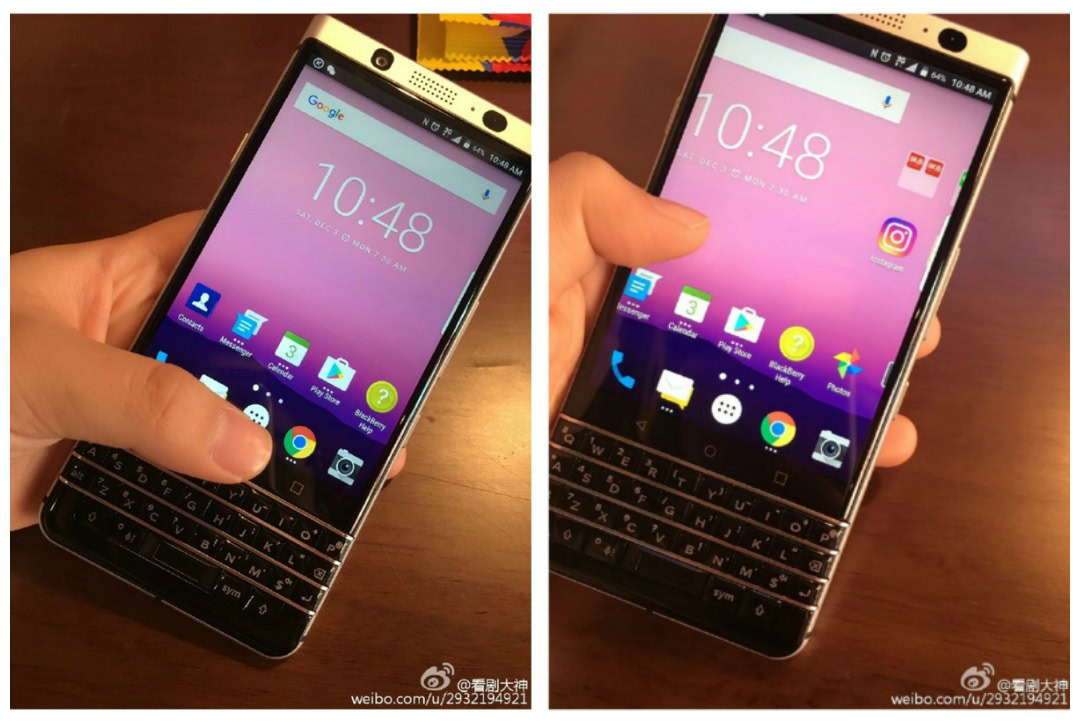
OnePlus returns to form, twice
When OnePlus’ follow up to the breakout OnePlus One failed to even outdo 2015 flagships, it looked like the company’s “flagship killer” promise might have been misguided. But with lesson in humility learned, OnePlus returned with a vengeance in 2016, delivering outstanding phones in both the OnePlus 3 and OnePlus 3T. OnePlus offended a lot of its core fans by releasing an updated device just a few months after the first, but OnePlus has practically turned stepping on toes into an art form. And when the results are as good as the OnePlus 3T, a few bruised toes are a small price to pay.
Project Ara dies and modules face an uncertain future
For a while it looked like 2016 might be the year of the module. With Project Ara on the horizon, the LG G5‘s modular slot design and the Moto Z‘s magnetic version, modules had officially arrived. But then no one bought the G5 or its Friends, Project Ara got scrapped entirely and Moto Mods found themselves the only residents left in an overpriced graveyard populated by ghosts. Lenovo may now be the best company doing modules, but it might also be the only company doing them next year.
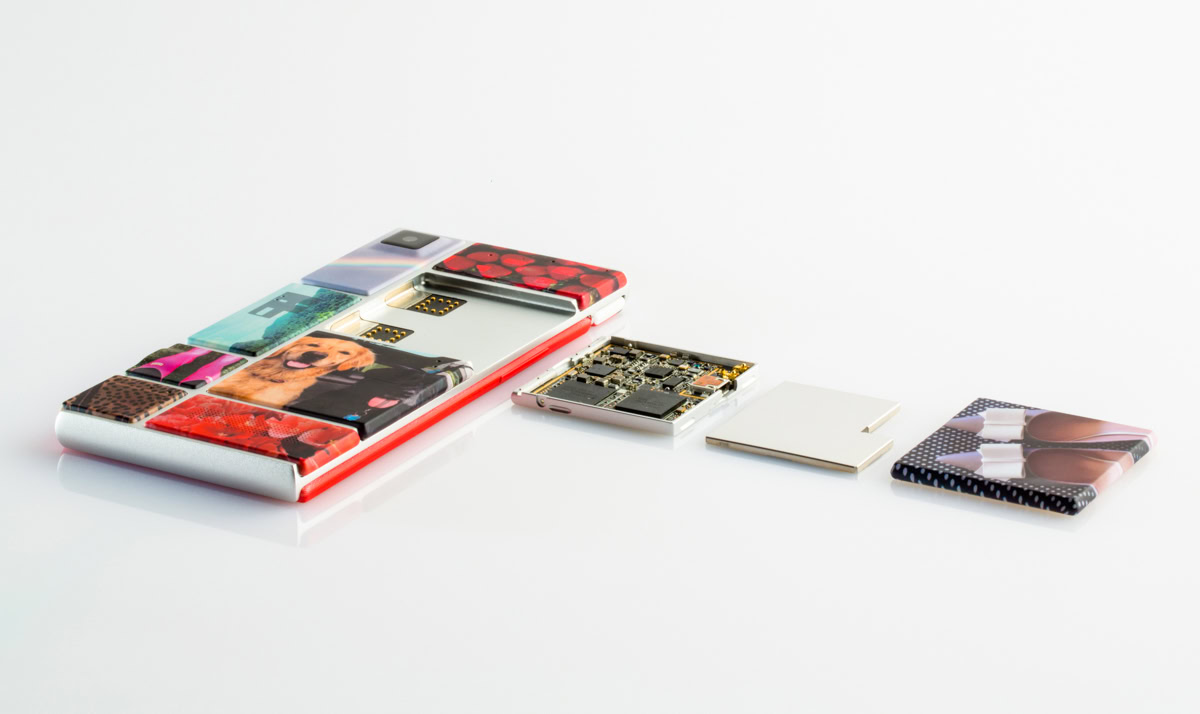
Bonus mention: Android apps on Chrome OS
This may not have registered too highly on most folks’ radar this year, but bringing the million-plus Android apps to Chrome OS devices suddenly made Chromebooks even more compelling. Already massively popular for offering great performance at an almost laughably low price, Chromebooks have already become the default option for education and business, with Chromebooks outselling Macs for the first time in 2016. With Google Play’s massive app library now available, Chrome OS and Chromebooks are only going to get bigger.
[related_videos title=”MAJOR REVIEWS:” align=”center” type=”custom” videos=”720243,710252,725108,720962,686764,730011,726419,725356″]
Wrap up
2016 was a year of game-changing events: from the end of CyanogenMod, Nexus and Project Ara to imminent rebirths for BlackBerry, Nokia and Lineage OS. Affordable phones held their own against expensive rivals better than they ever have before and finally all major flagships raised the bar on camera performance. Google Now/Now on Tap essentially got supplanted by Google Assistant, AR and AI was everywhere and tablets and smartwatches were nowhere.
Qualcomm became reliable again, Alphabet was briefly the most valuable company in the world and Samsung’s crown prince finally ascended to the board of directors before losing face in the wake of the South Korean presidential impeachment scandal. Nougat arrived, the Note 7 departed and we all looked like idiots in VR headsets (when we weren’t busy talking to our speakers that is).
HTC, Sony and Moto largely dropped off the radar, only to be replaced by Pixel, HUAWEI and Xiaomi. Headphone ports became an endangered species, smartwatches saw signs of life with Google promising new Android Wear 2.0 watches in early 2017 and everyone and their dog ran beta previews for Android 7.0. It was a wild rollercoaster of a year, no doubt, but we wouldn’t have it any other way.
What did we miss and what are you predicting for 2017?